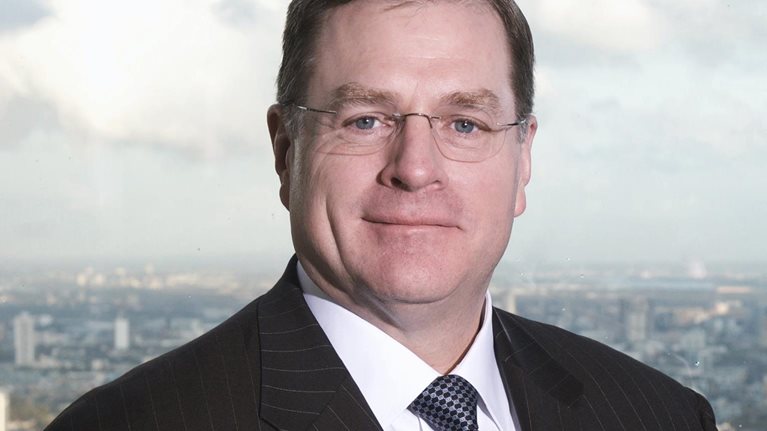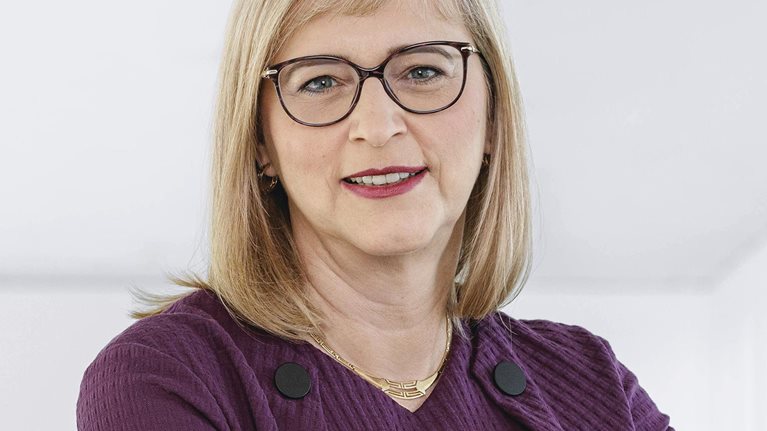During this time of great uncertainty—marked by protracted pandemic-related risks, rising geopolitical tensions, expanding cyberthreats, upheavals in talent markets, and more—senior leaders are sharpening their focus on resilience. What makes some companies so much more resilient than others? How can we build resilience into our organizations? How should we think about potential trade-offs between resilience and more immediately obvious benefits such as speed, efficiency, and cost?
McKinsey recently hosted a virtual leaders summit on building resilience in uncertain times. Among the guest speakers was Sir Howard Davies, chairman of NatWest Group, a majority state-owned British banking and insurance holding company. He was interviewed by Cindy Levy, a senior partner in McKinsey’s London office who previously led the firm’s global Risk & Resilience Practice and the Financial Services Practice in the United Kingdom. The following is an edited version of their conversation.
Cindy Levy: When was the concept of resilience in the banking system introduced?
Sir Howard Davies: The word “resilience,” which is now rather fashionable, was not always fundamental to the financial regulatory system. It appears to have been first introduced in September 2002, when the US Federal Reserve, the Office of the Comptroller of the Currency, and the Securities and Exchange Commission published a report on strengthening the resilience of the US financial system.1 The authors were responding to the events of September 11, 2001, which disrupted the financial system and shut down the New York Stock Exchange and the NASDAQ; neither reopened until September 17. The paper was a call to action for institutions to reconfigure their operations—for example, by setting up remote trading rooms—so they could get back up and running reasonably quickly in the event of a major disruption, which is a useful way to think about resilience.
Cindy Levy: How do regulators influence banks’ resilience?
A bank’s ability to secure needed capital is the ultimate guarantee of its soundness and financial stability.
Sir Howard Davies: Regulators have increased banks’ ability to withstand shocks by increasing capital requirements. In my view, however, regulators are not thinking sufficiently about resilience in the sense of the ability to bounce back. There are two sorts of capital—that which companies have, and that which they could get. Regulators focus on the former, but a truly resilient bank is one that can raise new capital even after suffering an extraordinary event such as the COVID-19 pandemic. The markets can distinguish between a bank that needs additional capital because of its poor lending practices and one that is a victim of circumstances beyond its control. A bank’s ability to secure needed capital is the ultimate guarantee of its soundness and financial stability.
Unfortunately, some central banks have taken actions that have made recovery much harder for banks. In 2020, at the first sign of trouble, the European Central Bank [ECB] and the Bank of England required banks to stop paying dividends, which sent a message to shareholders and potential investors. Rather than requiring banks to maintain certain capital levels or go out of business, I’d prefer to see regulators create an environment in which banks can recapitalize when the need arises.
In 2013, the Royal Bank of Scotland [RBS], now NatWest, had a difficult experience when its core banking systems failed and millions of customers were unable to withdraw cash or make other basic transactions. Undoubtedly, the regulatory pressure that followed, combined with the bank’s own realization that its position was unsustainable, caused RBS to invest substantially to boost operational resilience and robustness at its core. It wasn’t as exciting as investing in the digital front end, but it was essential and eased the pressure the bank was under. It contributed to NatWest’s high level of resilience today. The number of “criticality one” incidents, defined as failures that affect some customers for at least some nontrivial period, has fallen very sharply at NatWest. The same is likely true across the financial system. The regulatory focus on operational resilience has sharpened minds and likely has had a net positive affect, albeit at substantial cost.
Cindy Levy: What near-term economic threats could challenge banks’ resilience?
Sir Howard Davies: Concerns about inflation are obvious and warranted; however, we have been through a very unusual period in terms of the way central banks have talked about risk and how it functions in monetary policy. Less than a year and a half ago, the ECB and the Bank of England were advising banks to prepare for negative interest rates. Now rates are rising, so the messages from central banks have been confusing.
My single biggest worry is what could happen when interest rates rise, which appears likely. The current situation is in some ways analogous to the run-up to the 2007 financial crisis, when monetary policy was weak even though the market was booming. We know why interest rates were cut after 9/11, but in the US, they were not raised again until late 2004. In the meantime, people had become accustomed to an environment of very cheap money, which fueled many things, including the subprime bubble. I worry that we may now be in a position in which organizations are so highly leveraged in such uncertain businesses that even a relatively modest rise in interest rates is highly concerning. As Warren Buffett has warned in the past, it’s not until the tide goes out that you see who’s swimming naked.
Cindy Levy: What led to the confusing messaging from central banks with respect to interest rates?
Sir Howard Davies: In the UK—and to a lesser extent elsewhere—we have a noisy monetary policy system. The Bank of England’s monetary policy committee comprises five internal members and four independents. In a break with tradition, internal central bankers now regularly make speeches to justify their positions, but it can then be hard for them to change those positions even when the facts change. Some may say this increase in communication is good for the system, but there’s a danger in excessive commentary, which creates tremendous confusion in the markets.
Cindy Levy: What actions should global or domestic financial institutions take in anticipation of a shift in the interest rate environment?
Sir Howard Davies: Banks should avoid throwing good money after bad by extending further credit to people whose business models are fundamentally dependent on very cheap money. Bank executives need to ask themselves, “Do we have clients whose viability is heavily dependent on essentially zero interest rates? Which businesses expose the bank to risk?” Of course, higher interest rates also mean more principal for banks, so there’s an upside.
Cindy Levy: In June 2021, the Bank of England announced a climate stress test for banks and insurers. What actions are financial institutions taking to bolster UK climate resilience?
Sir Howard Davies: The Bank of England has avoided taking an extreme stance on climate regulation. The stress test presses banks to understand how their portfolios might perform in certain climate scenarios—for example, if temperatures rise or carbon prices spike—but explicitly avoids tying the results to capital requirements.
It has been useful in focusing our attention on climate risk in our portfolios. The risk is obvious to carbon-intensive businesses, but businesses in other sectors may not be fully aware of how vulnerable their business models would be to a rapid increase in the carbon price. The stress test has forced us to look for carbon-exposed companies in areas of the economy where climate risk hadn’t previously reached.
Cindy Levy: In October 2021, NatWest pledged £100 billion of climate and sustainable funding and financing to small and medium-size enterprises [SMEs] to support the transition to net-zero emissions.2 How do you persuade SMEs to invest?
Sir Howard Davies: Ideally, businesses could prove their eligibility for financing by showing us a credible transition plan to net-zero emissions. That’s simply not realistic for many SMEs, so we are offering to help them understand how their climate risk informs their financial risk when, for example, access to financing becomes more difficult or expensive. We’re developing tools for SMEs to calculate their carbon emissions and learn ways to reduce them.
Cindy Levy: You’ve navigated a number of crises throughout your career. What strategies or methods have served you well in those circumstances?
Sir Howard Davies: In the six or so years that I’ve been chair at NatWest, we’ve successfully managed through numerous, inherited difficulties because we—the executive team and the board—were clear and unified on our priorities. When we needed to get out from under the threat of a capital shortage, for example, we were resolute in making difficult decisions, including disposing of assets and exiting businesses that were not yielding a sufficient return. This helped us to minimize disruptions and distractions; too often in the past, people had gambled on resurrection, but it wasn’t a viable strategy.


